
Tulare Adult School serves a community with some of the greatest need for adult education in the state.
Credit: EdSource/Emma Gallegos
Este artículo está disponible en Español. Léelo en español.
Do you (or someone you know) struggle with English? Did you drop out of school? Do you need help passing the citizenship test? Are you looking for a well-paying job that won’t require a bachelor’s degree?
California’s adult school system steps in to help adults who might have slipped through the cracks — or are newcomers to the country.
Many Californians can use the services of adult schools but are not taking advantage of the chance. Nearly 6 million Californians don’t speak English “very well” and over 4 million do not have a high school education, according to U.S. Census Bureau’s 2022 American Community Survey data.
Nearly 3 out of 10 Californians struggle with basic English literacy. This can affect their ability to earn a good salary or navigate essential parts of American life, such as shopping, talking to a doctor or helping their children succeed in school.
This guide is aimed at adults in California who need to take classes that will help them improve their English, finish their high school education, become a citizen or get a better job.
Who can attend adult school?
Anyone 18 and over is eligible.
There are classes specifically aimed at adults who didn’t finish high school, immigrants, disabled adults, those who want to improve their parenting skills and adults who want to train for a career that doesn’t require a college education.
Where can I get an adult education?
There are three main places to get adult education in most communities: K-12 schools, community colleges and community libraries.
Most Californians looking for adult education attend classes offered by their K-12 school districts. These classes may be offered right on K-12 campuses and through parent programs — or they may be offered at stand-alone adult school campuses.
Community colleges also offer adult education. Adults who are interested in getting a degree or certificate sometimes find this an especially appealing option. English language and GED courses can help prepare students for college-level coursework. However, it is not a requirement to be on track for college to attend adult education classes at a community college.
Libraries have the added benefit of offering one-on-one tutoring with a trained volunteer for adult learners. This can be a good option for students who need help with a particular task. Adults who struggle with basic skills, such as writing, English or math, might sign up to get help so they can pass a driver’s test or write a business grant application. Libraries can also connect Californians with a virtual program, Career Online High School, that helps adults get their high school diploma. (More on that below.)
Some nonprofit organizations, employers or religious organizations also offer adult education. Organizations catering to adults who are immigrants, homeless or have a disability may offer adult education.
How can I find out what is available in my community?
Click here to view a map of offerings.
What kind of classes are offered?
The main types of classes offered by adult schools are adult basic education, adult secondary education, immigrant education, vocational education, education for adults with disabilities and education to help adults support their children in K-12 schools.
Adult secondary education helps adults get the equivalent of a high school education with courses that include math, science, social studies and language arts. This could be through a high school diploma (for more on that, see the next question) or taking GED or HiSET tests.
Adult basic education is essentially the foundation for high school. Adults who struggle with basic reading, math or digital literacy can take these courses, either on their own or to prepare for high school-level education.
Adult school students have a wide range of backgrounds, but in California, the vast majority are immigrants. Adult schools help immigrants improve their English skills, get their citizenship and learn more about how to navigate American society.
Vocational education at adult schools helps prepare Californians for a new career, typically with an emphasis on offerings that take much less time than a bachelor’s degree. Adult education — both at the K-12 and community college level — helps students by connecting them with apprenticeships or helping them pass industry certification and state licensing exams.
Some popular courses help prepare students for jobs in welding, heating and air conditioning technology, information technology support, court reporting and administrative assistant work. There are many programs for jobs in the health care fields, such as phlebotomy, vocational nursing, certified nursing assistant, pharmacy technician and medical coding.
Some classes offered can also help adults build key life skills, which can be especially important for immigrants and disabled adults. This could include financial literacy, parenting classes and digital literacy.
Can I get my high school diploma?
Yes. Even if it’s been decades since you set foot in a high school classroom and even if that classroom was not in California or the U.S., you can get a high school diploma. You may even be able to count some of your work experience for credit.
This can be a particularly useful option for adults who are just a few credits shy of graduation.
Just as with traditional high schools, the requirements for a diploma may vary. Both K-12 and community colleges offer classes that allow students to finish their high school diploma. Most community libraries also offer the opportunity to complete a high school diploma through a virtual program.
What other options are there to attain the equivalent of a high school credential in California?
The only authorized companies that can issue high school equivalency certificates in California are GED or HiSET.
There are many high school equivalency test preparation programs — including those offered through public adult education programs and libraries. However, the state of California cautions that certificates of completion for these programs are not official California high school equivalency credentials. Getting these types of credentials requires passing tests.
Can I get a GED in my native language?
Californians can get a GED in English or Spanish. There are no other languages available at this time. The certificate of high school equivalency does not specify what language the GED is in.
How much does adult education cost?
The vast majority of adult education classes are tuition-free. Students may face fees for the GED or HiSET tests or practice tests, assessment tests, textbooks and other materials used in the courses. On community college campuses, students may also pay campus fees. These fees vary widely by institution — particularly for vocational tech classes.
The program to become a vocational nurse at Bakersfield Adult School, for example, costs $7,000, while Downey Adult School estimates its whole program costs $16,999.
Can I attend school while I have a job?
One of the biggest hurdles for Californians who are interested in enrolling in adult school is simply finding the time to attend and study. There are classes held during the day, but many are offered in the evening and weekends as well, so classes are available to people who hold day jobs. There are also virtual classes.
What kind of virtual options are there?
Many institutions that offer adult education, such as local K-12 schools or community colleges, offer virtual options, which may include live teaching or asynchronous content.
Most public libraries in California also offer the opportunity to earn a high school diploma through the Career Online High School program. It is available to anyone 19 or older. Last year, the program was offered at 797 of the state’s 1,127 public libraries. The program offers not just a high school diploma, but career training, plus help with a resume and cover letter. Some of the career training offered includes child care, commercial driving, manufacturing, office management, customer service, hospitality and security professionals. Students are assigned an academic coach. You can either ask a librarian or take this survey online to see if this option is right for you.
Is child care or transportation offered?
This is not a common part of the offerings for adult schools, and it can be a big barrier to many potential adult school students. However, it is worth checking with your local schools. Some adult schools, colleges or nonprofits may offer child care, and some may offer transportation discounts or passes.
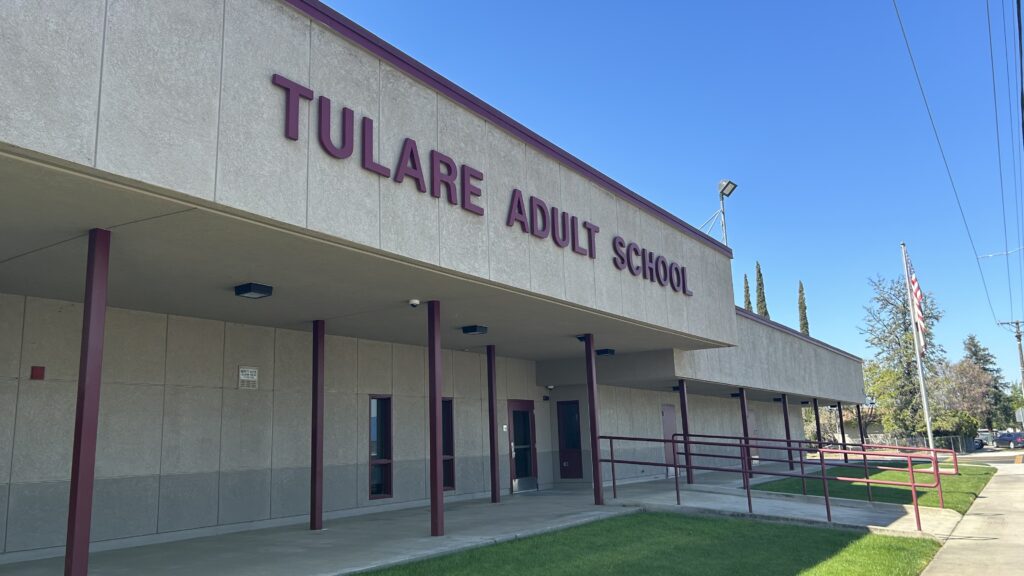
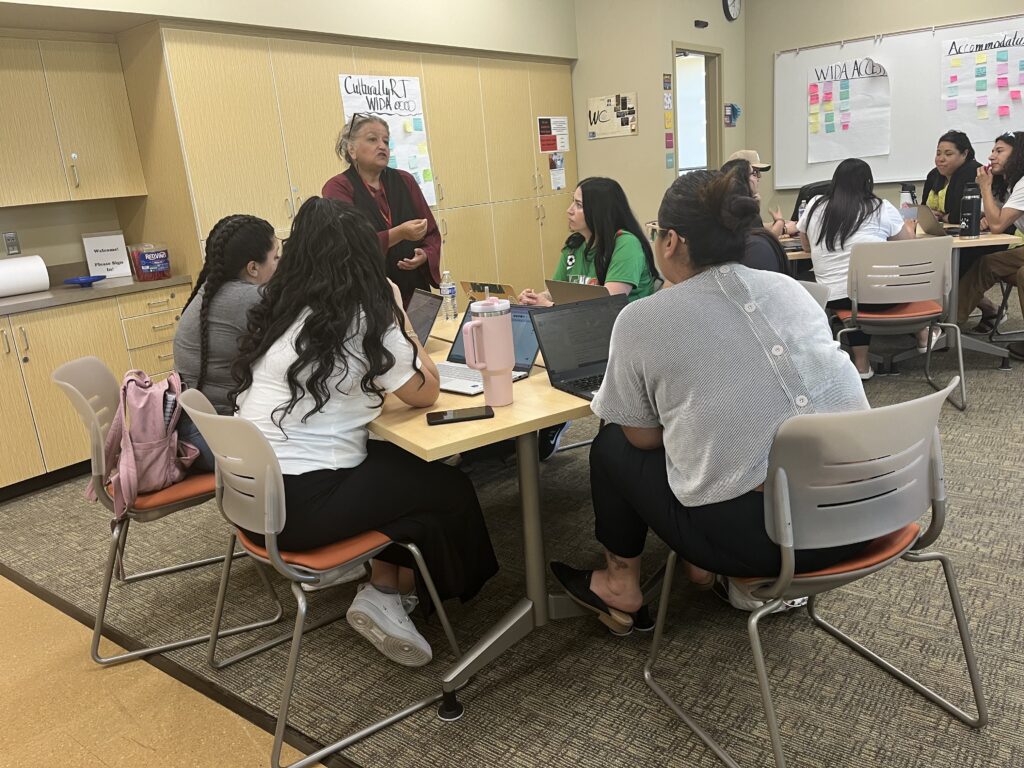




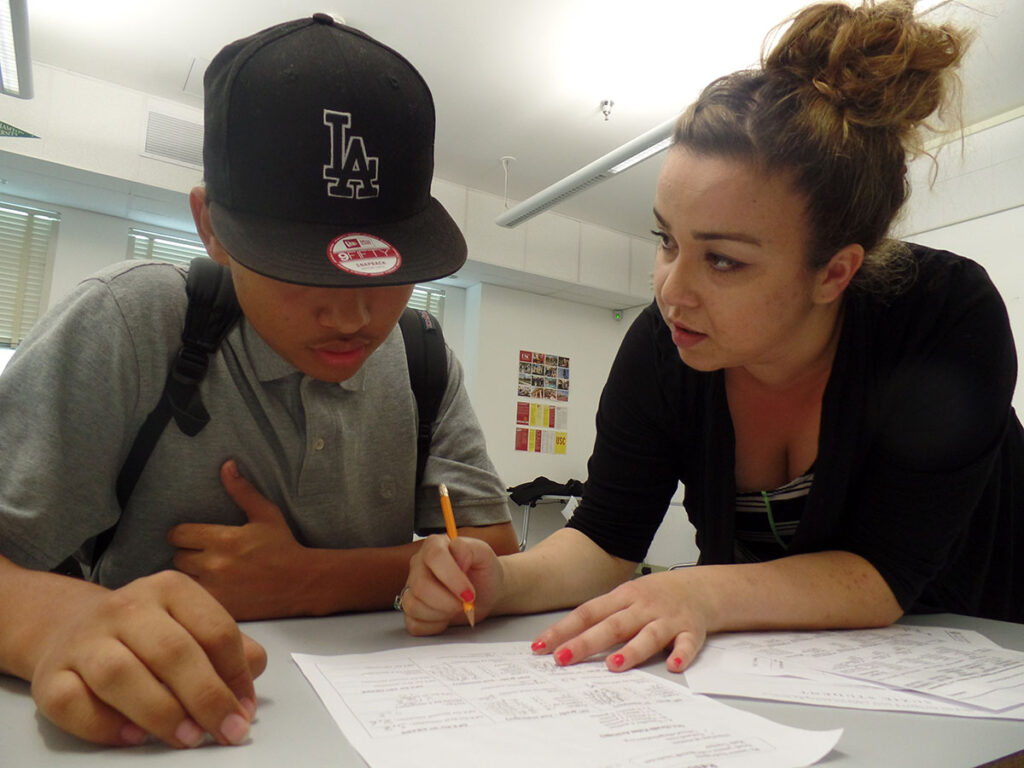

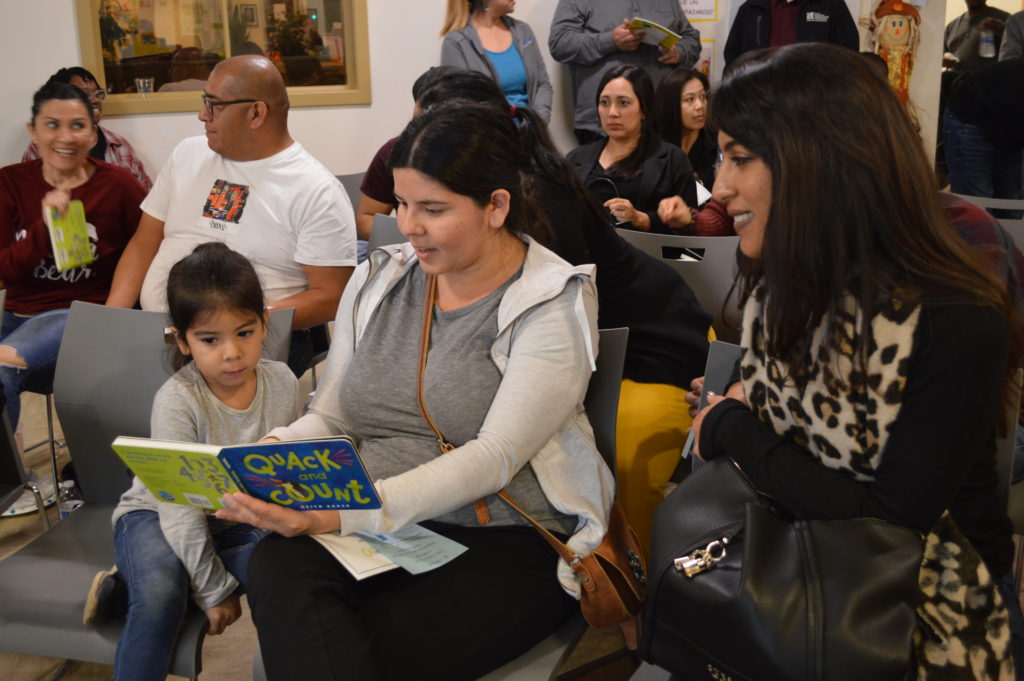

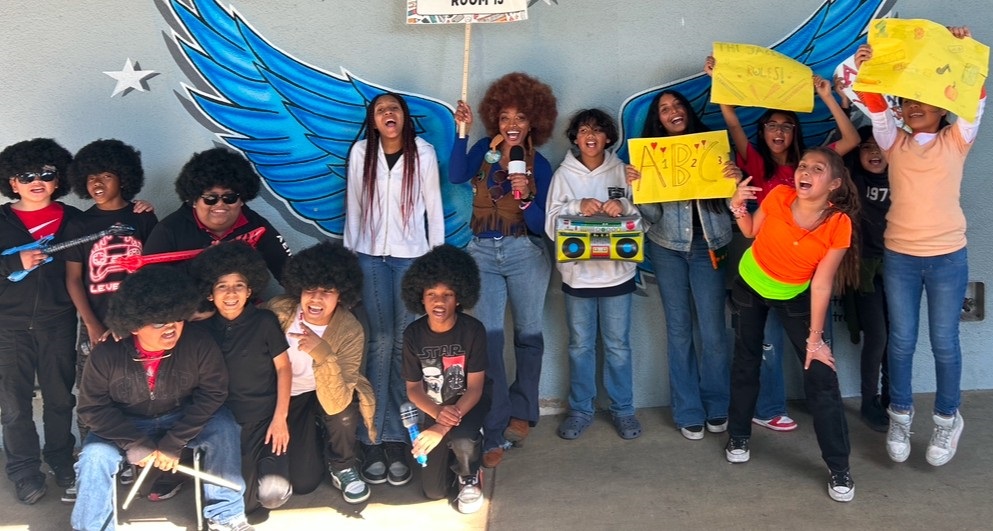

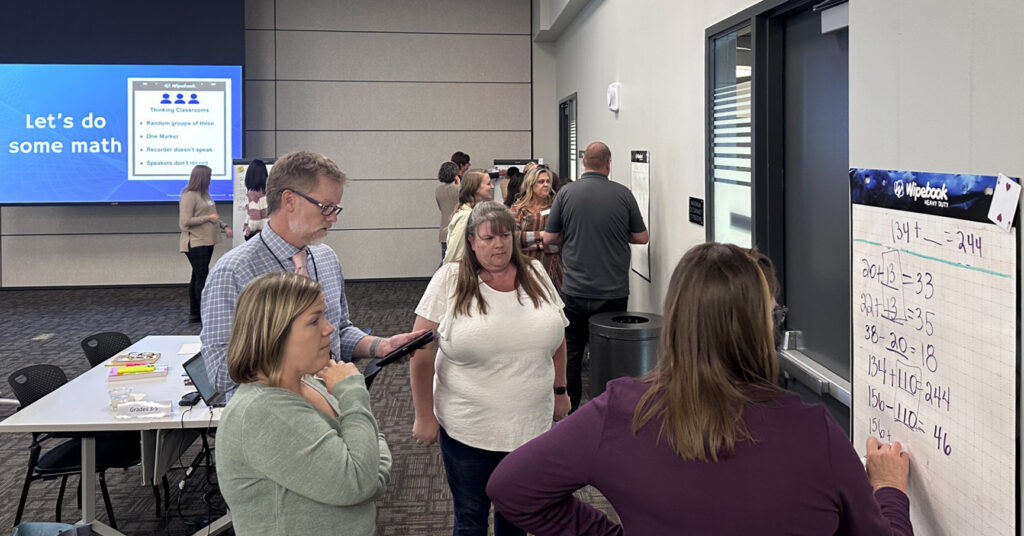




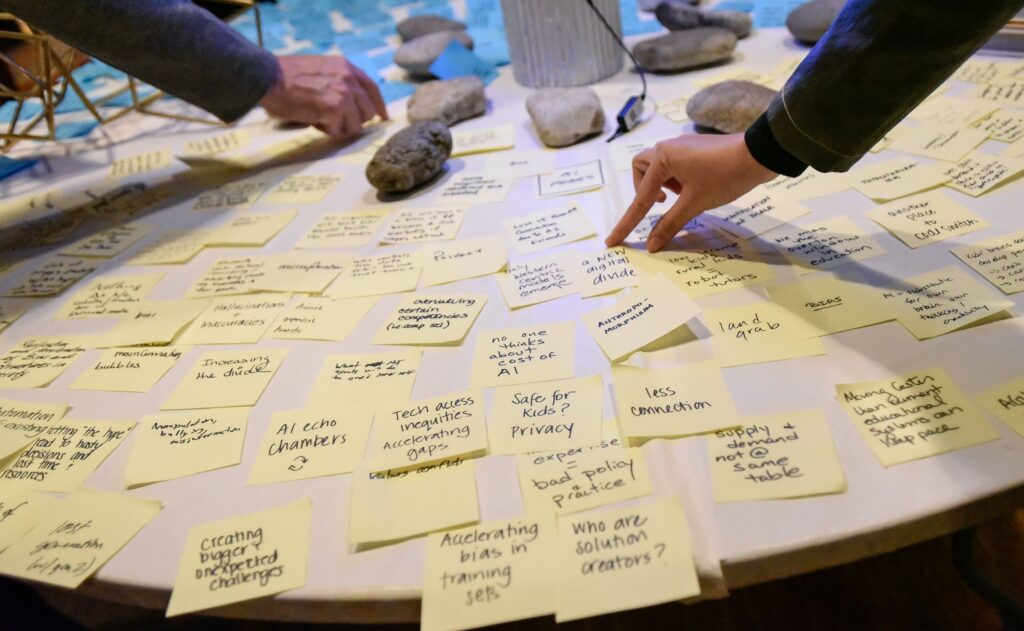

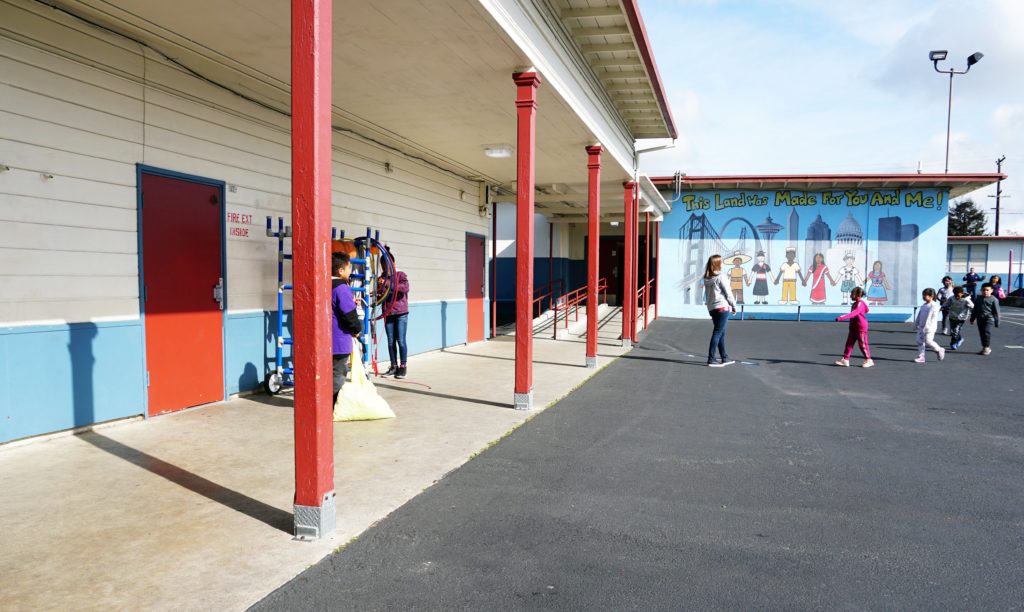



)